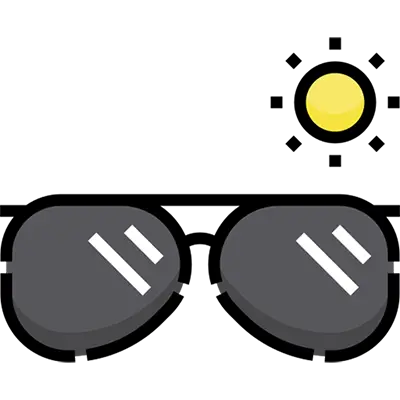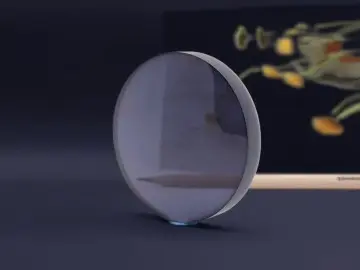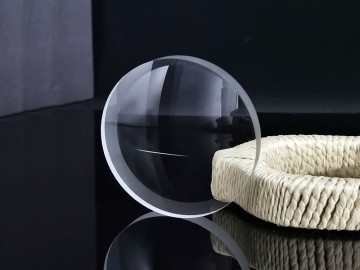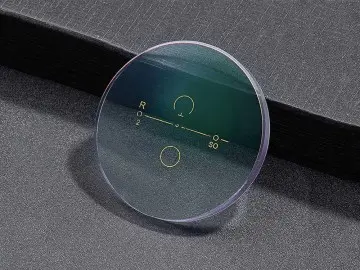Progressive Blue Block Photochromic Lens
Key Details
Material |
Resin |
Index |
1.56 |
Function |
Photochromic & progressive |
UV Protection |
Blocking UVA and UVB rays |
Abbe Value |
38 |
Diameter |
75mm |
Specific Gravity |
1.28 |
Corridor |
13+3mm, 12+2mm |
Power Range |
0.00~+3.00& -0.25~-2.00/add+1.00~+3.00 |
Coating Choice |
HC/HMC/SHMC |
Product Features
Why We Need Blue Block Photochromic Lens
UV and blue light are not the same thing. Ordinary photochromic lens only protects our eyes from the sun's UV rays. However, blue light from natural sunlight and digital screens can still damage our eyes. Therefore, we coat a layer of film on the surface of the lens to reflect short-wave blue light or add an anti-blue light substance inside the lens to absorb “blue light”. Thus, blue block photochromic lens protects against the highest energy rays in the spectrum, making them ideal for computer use.
The Strengths of Blue Block Photochromic Lens

100% UV Protection

Fast Change

Blue Light Filter
Progressive Lenses Adaptation
Many people feel like they have a "magical" experience after wearing progressive lenses for the first time. Some almost trip when going down stairs, some have to tilt their necks like a "giraffe" when looking at the computer. Dizziness and distorted vision are common problems. Don't worry! As long as you master scientific methods, most people can smoothly get through the adaptation period within 1-2 weeks. There are three steps to adapt to progressive glasses.
Look at the distance first, then at the near distance
Day1-3: Use the top of the lens to look at the distance first, such as the scenery outside the window, to let the brain get familiar with this "main field of vision".
Day4-7: Try to look at objects at the intermediate distance, such as the computer screen. When looking, move your head up and down slightly to find the clearest visual point.
Day8: Unlock up-close reading. When reading, hold the book above your waist and avoid lowering your head too much.

Get accustomed to static scenes first, then dynamic scenes
First, start to adapt to static scenes, such as reading at home, using the computer in the office, etc. After you are proficient in static scenes, then challenge dynamic scenes, such as walking, going up and down stairs.
Look indoors first, then outdoors
First get used to progressive glasses indoors, then go outdoors for a simple day. For those who drive, it is recommended to wait for 2 weeks before driving. In the early stages of adaptation, you can prepare a pair of single-vision glasses in case of emergency.












